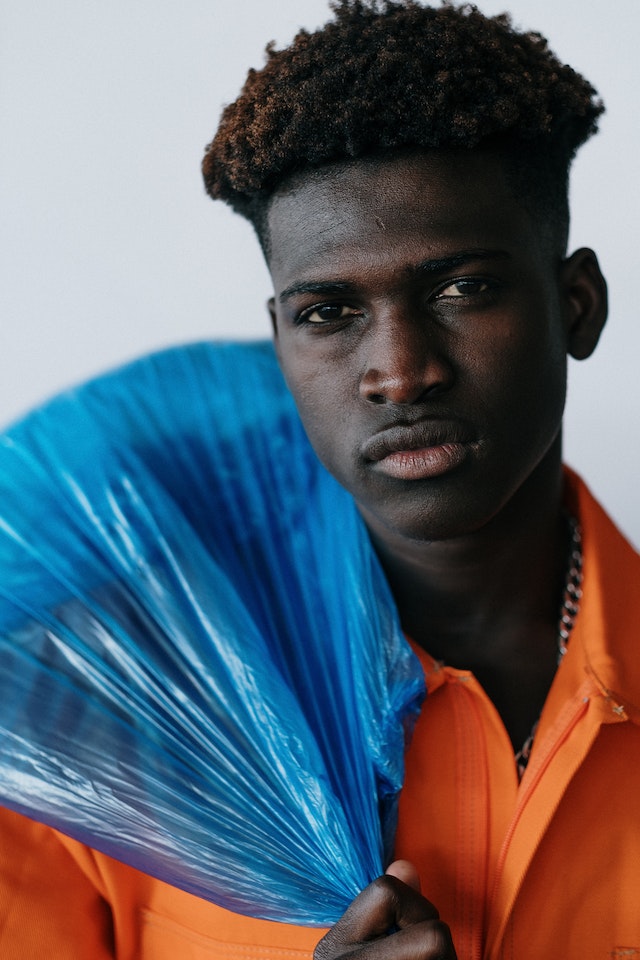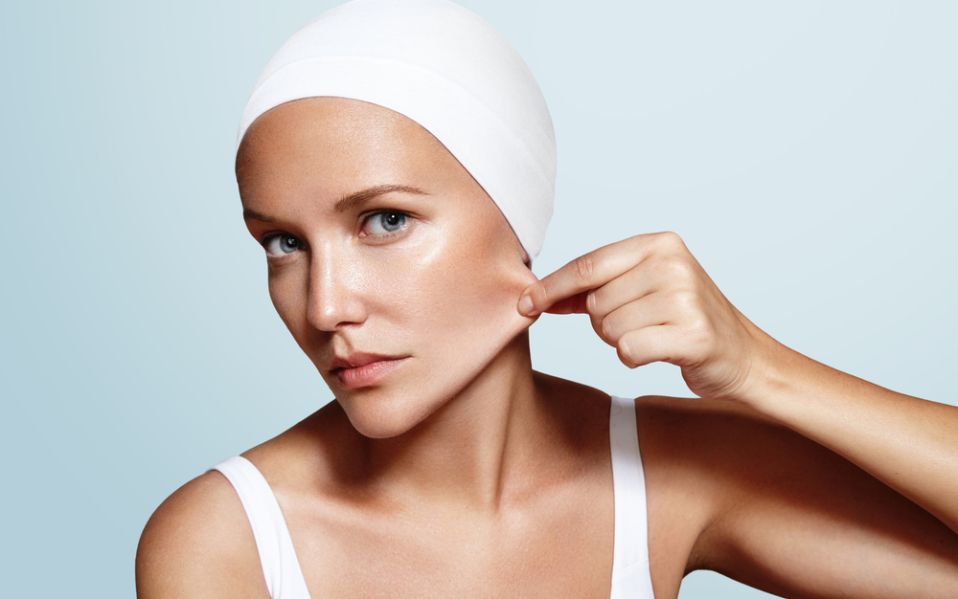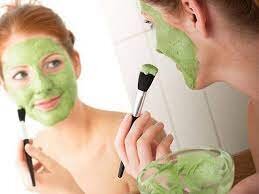Beauty standards have long been influenced by various factors, including culture, history, and societal perceptions. One aspect that significantly impacts these standards is skin tone. Across different cultures and regions, there exists a wide spectrum of skin tones, ranging from fair to dark. However, throughout history, fair skin has often been regarded as the epitome of beauty, while darker skin tones have faced discrimination and bias. In this article, we delve into the impact of skin tone on beauty standards, exploring the historical context, cultural influences, and the ongoing efforts to challenge these notions.
Historical Roots of Fair Skin Preference:
The preference for fair skin dates back centuries and can be traced to various historical contexts. In many ancient civilizations, fair skin was associated with wealth and privilege, as those who did not need to work outdoors often had lighter complexions. This association led to the perception that fair skin represented beauty and high social status.
Colonialism and Eurocentric Beauty Standards:
The era of colonialism further reinforced the preference for fair skin. European colonizers imposed their ideals of beauty on colonized populations, often valuing lighter skin tones over darker ones. These Eurocentric beauty standards were pervasive and had a lasting impact on societies worldwide, shaping the perception of beauty and creating a hierarchy based on skin color.
Cultural Influences and Regional Variations:
While fair skin remains highly prized in many cultures, it is important to note that beauty standards vary across different regions. In some cultures, a tan or darker skin tone may be associated with outdoor activities, health, or a connection to nature. For example, in parts of Africa and Asia, certain communities have long celebrated darker skin tones as a symbol of beauty and cultural identity.
The Impact of Media and Advertising:
In today’s globalized world, media and advertising play a significant role in shaping beauty standards. Historically, the media often portrayed fair-skinned individuals as the ideal, perpetuating the belief that lighter skin equated to beauty and success. However, in recent years, there has been a gradual shift towards promoting inclusivity and diversity in beauty campaigns, challenging traditional beauty norms and celebrating a broader range of skin tones.
Challenging Beauty Standards and Promoting Inclusivity:
Efforts to challenge the dominance of fair skin in beauty standards have gained momentum in recent years. Advocacy groups, social media influencers, and celebrities have used their platforms to promote inclusivity and redefine beauty norms. This movement aims to celebrate and embrace all skin tones, recognizing the beauty in diversity and breaking down the harmful biases associated with skin color.
It is crucial to acknowledge that beauty is subjective and personal, and no single standard should dictate what is considered beautiful. The concept of beauty should be inclusive, embracing the richness of diversity and celebrating the unique characteristics that make each individual beautiful in their own way.
In conclusion, the impact of skin tone on beauty standards is deeply rooted in history, culture, and societal perceptions. While fair skin has traditionally been favored, there is an increasing recognition of the need for inclusivity and the celebration of all skin tones. By challenging conventional beauty norms and promoting diversity, we can create a more inclusive and accepting society where beauty is not confined to a single skin tone but embraces the richness and variety of human beauty in all its forms.











